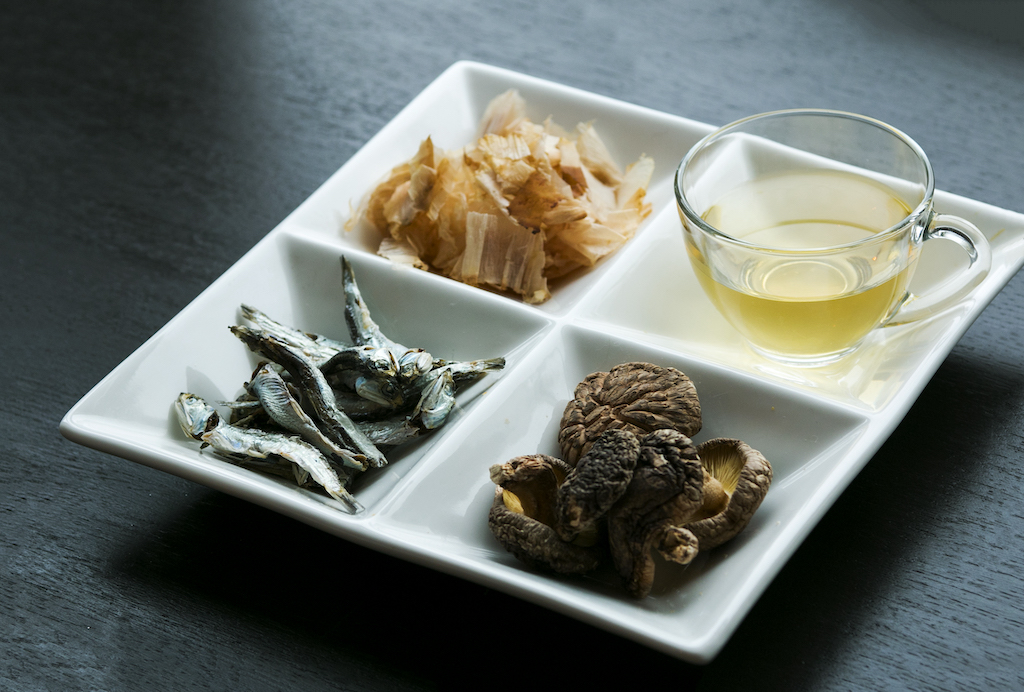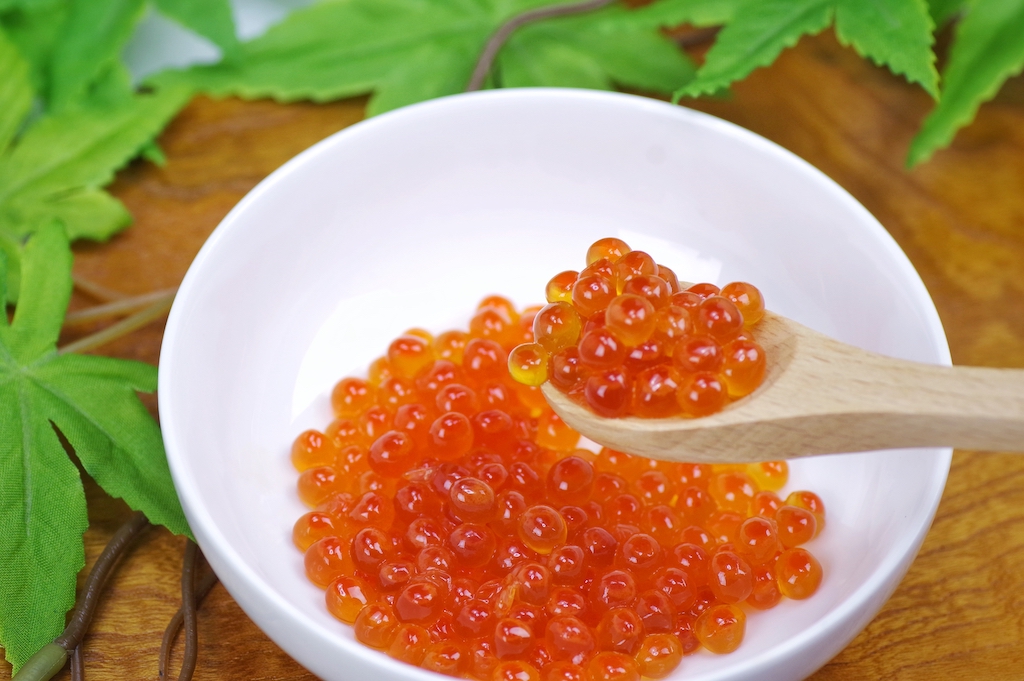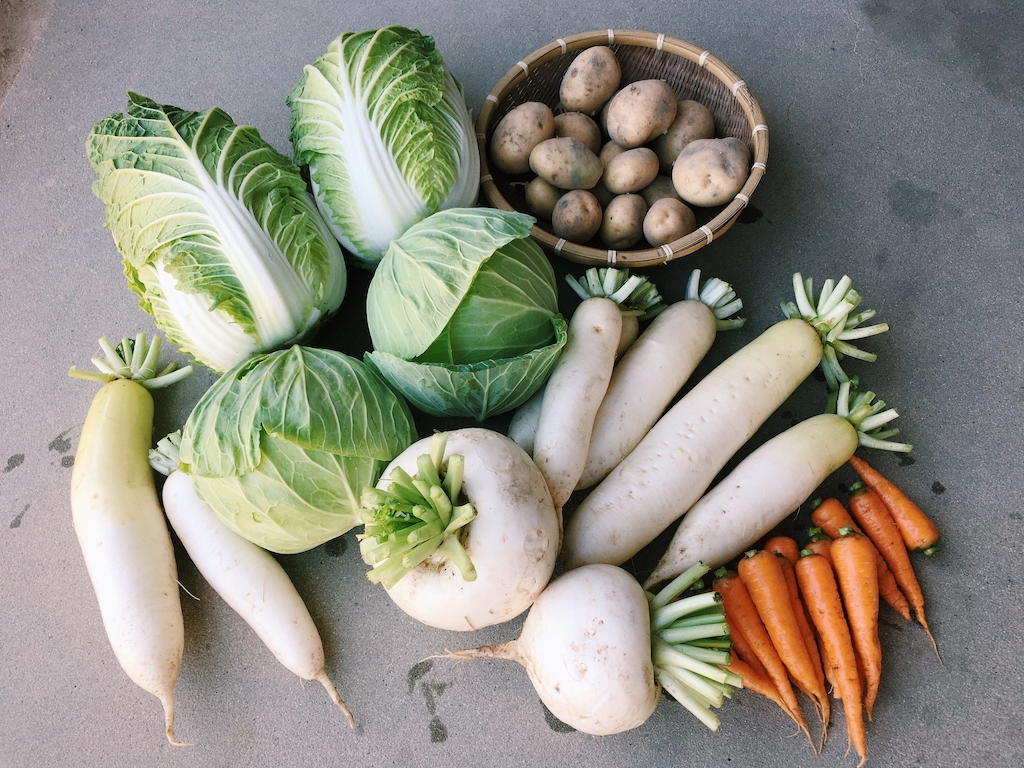What comes to your mind when you hear “UMAMI”?
Umami Burger?
But, what does umami taste like?
How do you get the umami flavor?
I think there are many questions about UMAMI.
Here, I would like to introduce what exactly is umami and why it’s so important for Japanese. You will find out the best material for umami!
What Exactly Is Umami? / What Is the Flavor of Umami?
When eating something delicious, we say “umai!” in Japanese which means “It’s good!” or “It’s tasty!”.
Since this term “umai” and “umami” are very similar, it feels like the deliciousness and umami are the same thing. Even Japanese people could get confused.
But, actually deliciousness and umami are totally different.
Deliciousness
What you feel influenced by many factors which are not only taste but also smell, texture, the atmosphere of the place, and your physical condition.
Umami
One of the 5 basic flavors (5 elements that form human taste). The term “umami” is an official name for the independent taste.
The 5 basic flavors are sweetness, sourness, saltiness, bitterness, and umami.
More specifically, umami is the name of the taste that are produced by amino acid, nucleic acid, organic acid, etc. For example, the representative amino acid is glutamic acid and the representative nucleic acid constituent are guanylic acid and inosinic acid.
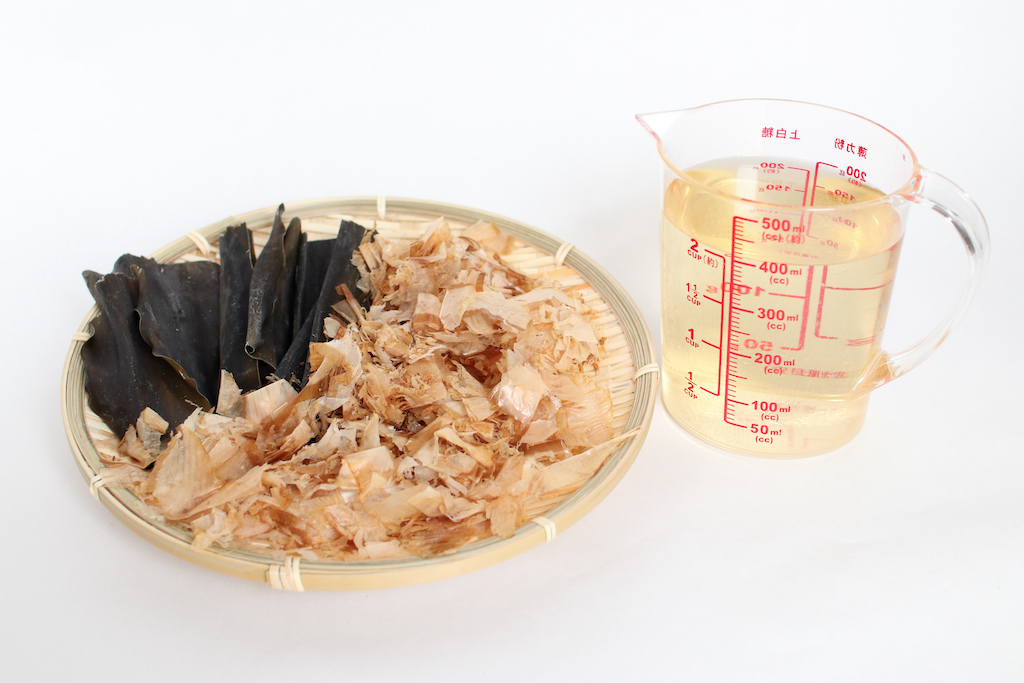
When and Who Discovered Umami?
Umami is scientifically proven by Japanese about 100 years ago.
Until the discovery of the umami, there were only 4 basic flavors which are sweetness, sourness, saltiness, bitterness. The sweetness of sugar and the sourness of vinegar has been used as a seasoning since ancient times. Salt has been familiar to humankind since BC.
There was a man who discovered the taste that does not fit into any of these 4 flavors. His name is Kikunae Ikeda who was Japanese chemist and Tokyo Imperial University professor of Chemistry.
He had focused on kombu (kelp) that Japanese people have used to make soup stock since ancient times. Finally, he succeeded in extracting glutamic acid from kombu, and named the taste “umami” in 1908.
In 1913, Dr. Ikeda’s disciple had discovered inosinic acid that is umami ingredient of dried bonito.
In 1957, the man who worked at a soy sauce research institute had discovered that guanylic acid extracted from dried shiitake mushrooms is actually umami ingredient.
The fifth taste, “umami” had disseminated to the world at an international symposium in 1985.
“Umami” is now a universal language that chefs and gastronomy around the world are paying attention to.
Top 3 Umami Ingredients (Umami Taste Components)
Umami components that are especially popular and often seen in Japan are glutamic acid and inosinic acid. And, what you should not forget is guanylic acid.
Glutamic acid is one of the 20 amino acids that make up proteins. Inosinic acid and guanylic acid are one of the constituents of nucleic acid.
Although there are various foods that can be raw materials of those three, please remember the most representative materials below. These are for umami beginners!
Interested in learning more about Foods Packed with Umami?
36 Best Foods Packed with Umami Flavor
Glutamic acid
You can take glutamic acid by making soup stock with dried kombu (dried kelp).
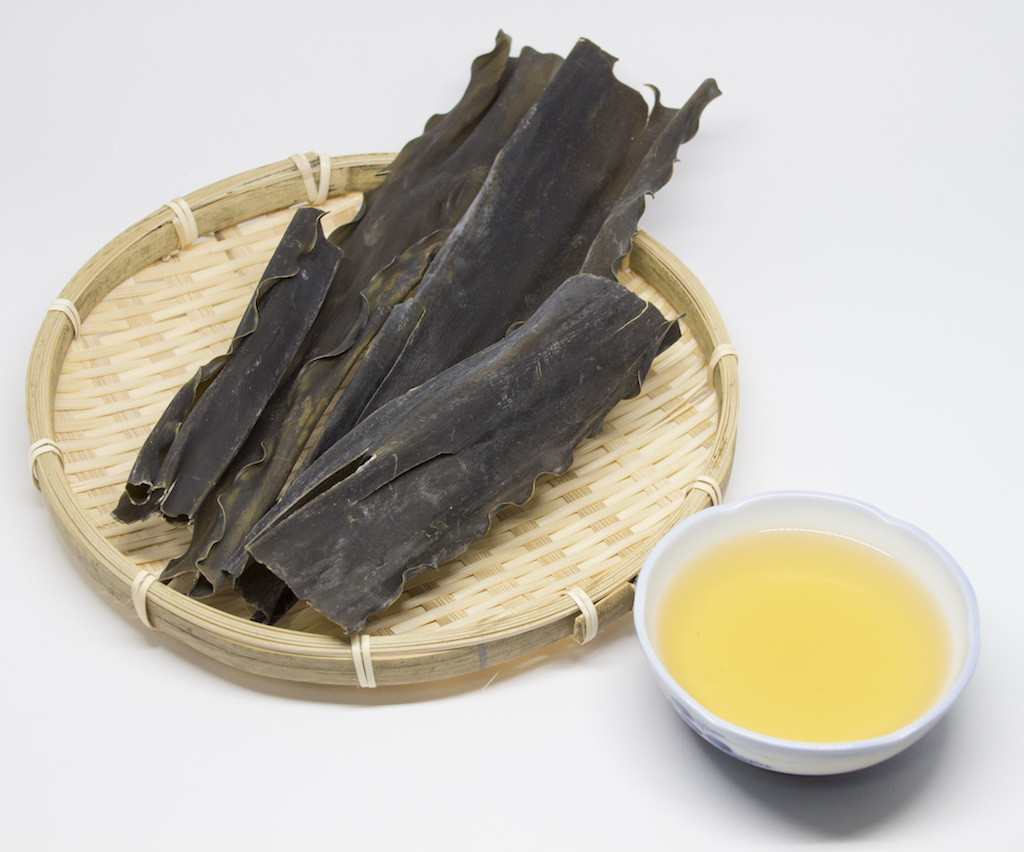
Inosinic acid
You can take inosinic acid by making soup stock with dried bonito shavings.
3-Minutes Best Quick Bonito Dashi Recipe

Guanylic acid
You can take guanylic acid by making soup stock with dried shiitake mushrooms.
Best Quick Shiitake Dashi Recipe
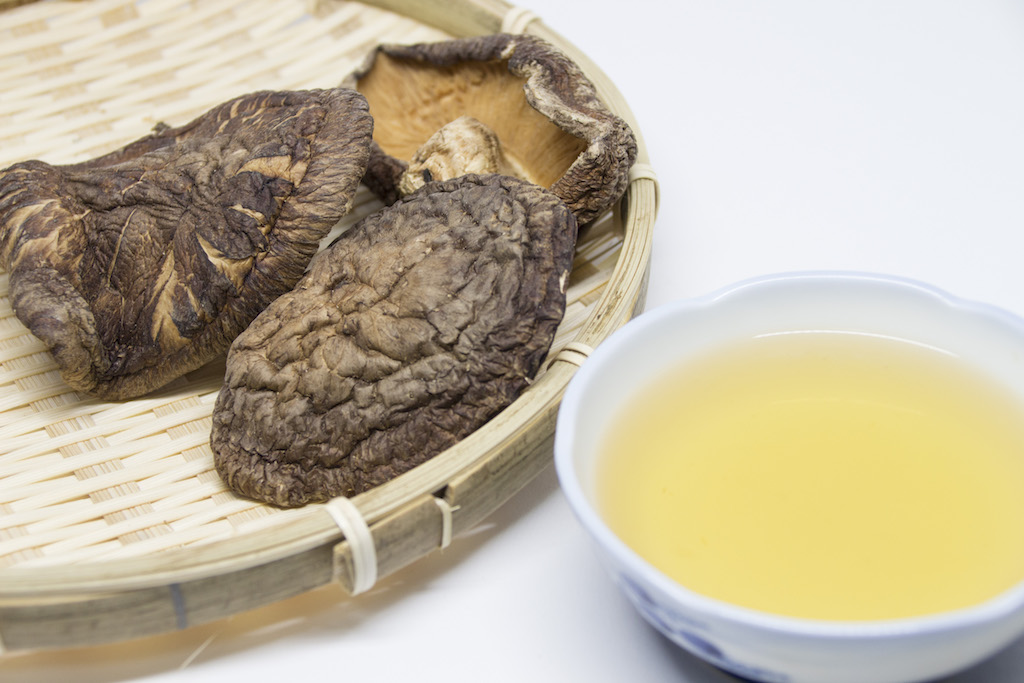
What Is the Function of Umami?
I think you can see it by looking at it so far, umami is the crucial taste (flavor) to complete the perfectly delicious dish.
Additionally, putting both amino acid type of umami [kombu] and nucleic acid type of umami [bonito or shiitake] into cooking extremely enhances the umami taste of the dish. That is called “umami synergistic effect”.
Actually, Japanese cuisine often use the mixed dashi that is made from kombu soup stock and bonito soup stock (or shiitake soup stock). Also, Chinese cuisine sometimes use the mixed soup stock made from green onion and chicken broth.

